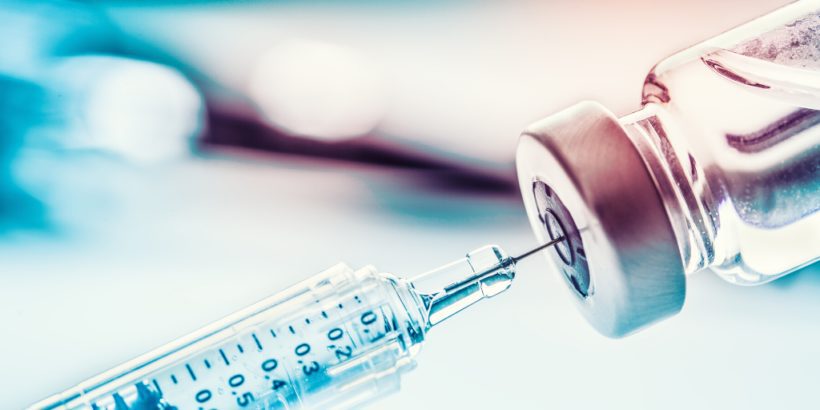If you’re thinking about getting vaccinated you might be wondering about the difference between the different types of vaccines.
Apart from the logistical differences, the biggest factor most people want to know about is the “efficacy rate” of the vaccine.
Some of the vaccines like the Pfizer and Moderna show an effective rate from clinical trials of ~95%.
Meanwhile, others like the AstraZeneca/Oxford and Johnson & Johnson had an efficacy rate of around 66%.
For that reason a lot of people are not interested in the AstraZeneca/Oxford and Johnson & Johnson vaccines but these numbers can be misleading.
I would highly recommend you watch the video below and share it to anybody that you think would find it useful. It breaks down the vaccines in a clear manner and helps highlight the true benefit of these vaccines.
=====
The FDA panel to consider authorizing the use of Pfizer’s coronavirus vaccine is taking place as we speak.
If everything goes as planned, we might see the vaccines authorized very soon and millions of Americans will begin receiving the virus before the holidays.
But one big looming question is who will be willing to actually take the vaccine?
We need nearly 70% of the population to receive the vaccine in order to establish herd immunity via a vaccine according to some reports.
But will it even be possible to get that many people to receive the vaccine?
The latest data shows that Americans are becoming increasingly more willing to receive the coronavirus vaccine.
In fact, the willingness to take the vaccine is now up to 63% of Americans.
That’s pretty encouraging but we are still not at the high point of acceptance yet.
Back in the summer, polls indicated that around 66% of Americans said that they would be willing to take the coronavirus vaccine.
But as the weeks went on that rate dropped down to 50% as news about potential complications came out about certain vaccines.
A lot of people also believed that the push for the vaccine was inherently political. People believed that politics would push the FDA to approve the vaccines before they were actually ready for the public.
But since then, we have seen the willingness of Americans to take the coronavirus vaccine steadily grow.
Why is that?
It is probably a combination of factors but one large reason has to be the high success rates of these vaccines.
We’ve seen data show that these vaccines are 95% effective.
And the trials that involve tens of thousands of participants do not show significant complications or side effects for the vast majority of people.
So up to this point, the major vaccines look like they are highly effective and also safe.
There is probably a good possibility that this willingness to take the vaccine will continue to grow as more people get vaccinated.
Many Americans will likely be less nervous when people that they know receive the coronavirus vaccine and do not present any major complications.
And as the transmission rates begin to fall due to vaccines, more confidence will likely grow that the vaccines are worth it and are what is needed to get us back to normal.
You can find the full breakdown of the data here.
You’ll see that there are some interesting differences between Democrats and Republicans and even gender.
Related
Here are the side effects of Pfizer’s coronavirus vaccine
UK becomes first country to approve covid vaccine
This is who is getting the vaccine first
Daniel Gillaspia is the Founder of UponArriving.com and the credit card app, WalletFlo. He is a former attorney turned travel expert covering destinations along with TSA, airline, and hotel policies. Since 2014, his content has been featured in publications such as National Geographic, Smithsonian Magazine, and CNBC. Read my bio.

